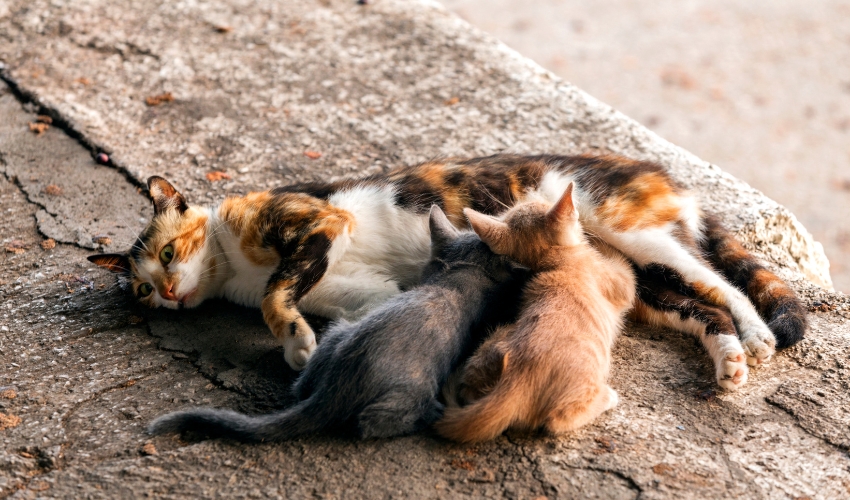Have you ever heard of Trap-Neuter-Return (TNR)?
If you haven’t yet, you’re in luck! In this blog post, we will guide you on an enlightening journey into the world of Trap-Neuter-Return (TNR) and its extraordinary benefits for feral cat colonies.
As we all know, feral cat colonies have long posed a challenge for animal welfare organizations and communities alike.
These independent feline communities in urban and suburban areas have adapted to a wild state, often leading to concerns about overpopulation, disease transmission, and disruptive behaviors. This is where Trap-Neuter-Return comes to the rescue.
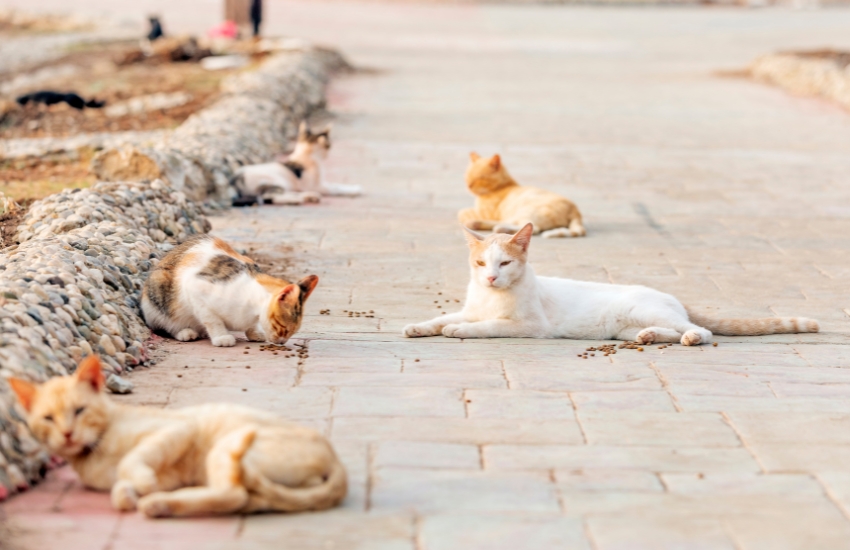

What is Trap-Neuter-Return (TNR)?
Before we delve deeper into the benefits of TNR programs, let’s ensure we’re all on the same page regarding what exactly TNR is.
Trap-Neuter-Return or TNR is a humane approach to managing feral cat populations. It involves a three-step process: trapping, neutering, or spaying, and returning the cats to their original location or colony.
Step 1: Trapping
Skilled caregivers, volunteers, or animal control officers use humane traps to capture feral cats safely. These traps are designed to keep both the cat and the trapper out of harm’s way.
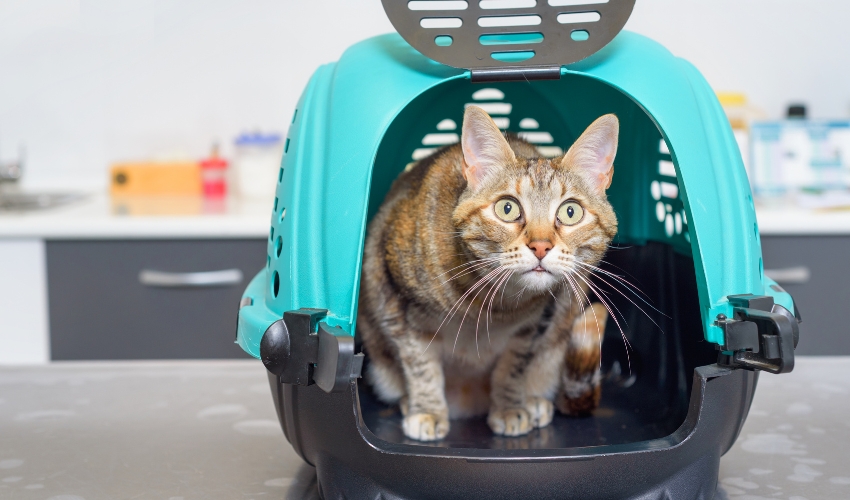

Step 2: Neutering or Spaying
Once trapped, the cats are taken to a veterinary clinic or a spay/neuter clinic, where they undergo surgery to be sterilized. Neutering refers to the removal of the male cat’s testes, while spaying involves the removal of the female cat’s ovaries and uterus.
Step 3: Returning
After the cats have fully recovered from their surgeries, they are returned to their original location or colony, where they are released. This is an essential step as it allows the cats to continue living in their familiar habitat while preventing new cats from taking over the territory.
Benefits of Trap-Neuter-Return (TNR)
Now that we have a solid understanding of TNR, let’s explore the benefits for feral cat colonies and the communities in which they reside.
Reducing Overpopulation
TNR programs are designed to address the root cause of feral cat colonies by implementing a comprehensive sterilization strategy.
By trapping feral cats, neutering or spaying them, and then returning them to their original location, TNR helps prevent further breeding. This approach significantly reduces the population growth rate, ultimately leading to a decrease in the number of feral cats in the long run.
Improved Health and Well-being
Feral cats often face numerous health challenges due to their outdoor lifestyle, such as malnutrition, parasite infestations, and diseases. TNR programs play a crucial role in improving the health and well-being of these cats.
By providing veterinary care, including vaccinations and medical treatments during the sterilization process, TNR programs help to mitigate health risks and improve the overall quality of life for feral cats.
Mitigating Nuisance Behaviors
Unsterilized feral cats can exhibit nuisance behaviors such as territorial marking, yowling, and fighting, which can disrupt communities. TNR programs reduce these behaviors by minimizing competition for mates and resources.
Sterilized cats are less likely to roam, engage in fights, or engage in other nuisance behaviors associated with breeding instincts, making them better neighbors for residents in the community.
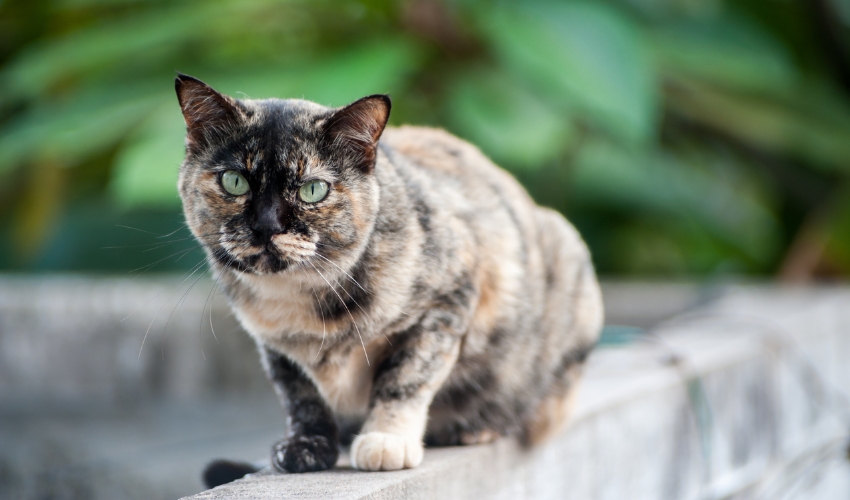

Decreasing Euthanasia Rates
Traditional methods of population control, such as euthanasia, have proven ineffective and inhumane. TNR programs offer a compassionate alternative by focusing on population stabilization rather than extermination.
By neutering or spaying feral cats and returning them to their original habitats, TNR programs prevent unnecessary euthanasia and promote a more ethical approach to managing feral cat populations.
Building Stronger Communities
TNR programs actively involve the community in feral cat management efforts. They foster collaboration between animal shelters, rescues, and local residents.
This collaborative approach strengthens the bond between animal welfare organizations and the communities they serve.
Community Cats Podcast’s TNR Workshop
It’s important to note that TNR programs require training and expertise to be successful.
This is where the Community Cats Podcast’s TNR workshops come in. These workshops provide hands-on training and education to help animal shelters and rescue organizations implement successful TNR programs.
The upcoming workshop on June 3 and 13, and July 8 is a great opportunity to learn TNR skills! If interested, you can register here.
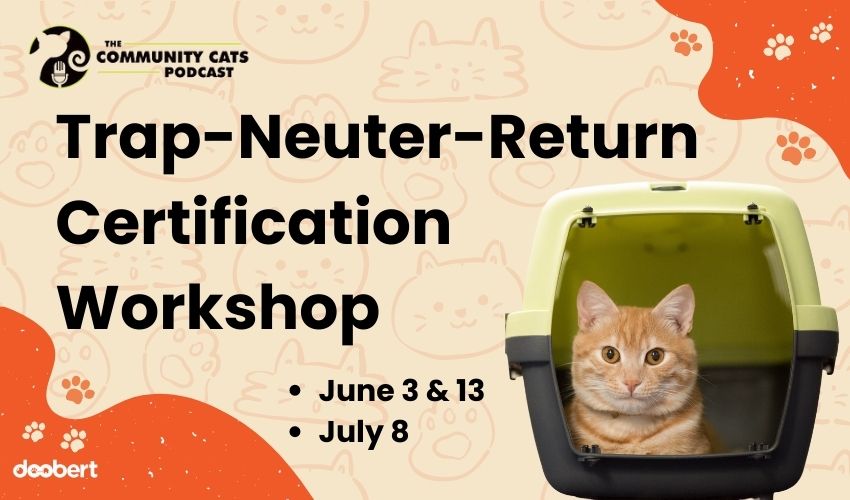

Sign up at Doobert.com and find valuable resources, and connect with like-minded individuals!

